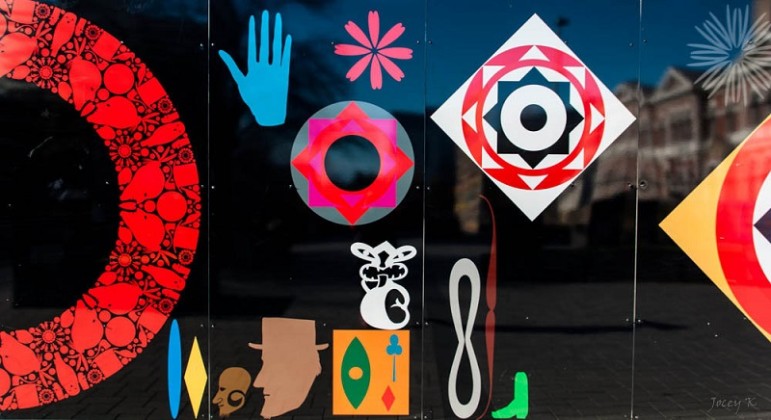
March 30, 2016; Voxy
Last week, Voxy reported the response of New Zealand’s Arts Foundation to arts funding cuts announced by Creative New Zealand, warning that this would increase pressure on philanthropic support for the arts in New Zealand.
Speaking to Newstalk ZB, Simon Bowden, executive director of the Arts Foundation of New Zealand, highlighted the potential impact on the sector, “There’ll be more pressure on arts groups and artists to raise money from different sources, and I think there’ll be increased pressure on the philanthropic sector to help organisations get through this.”
The interview follows a significant decline in revenue from the New Zealand Lottery Grants Board. Creative New Zealand receives two-thirds of its annual revenue from Lotto NZ profits, and is set to receive NZ$11 million less this financial year than in 2013–14.
Creative New Zealand Chief Executive Stephen Wainwright emphasized the implications of the reduction in Lottery Grants Board funding, “We are advising individuals and organisations to plan ahead by developing budget scenarios that assume up to 10% less financial support from Creative New Zealand.”
Sign up for our free newsletters
Subscribe to NPQ's newsletters to have our top stories delivered directly to your inbox.
By signing up, you agree to our privacy policy and terms of use, and to receive messages from NPQ and our partners.
The reduction in Creative New Zealand funding adds further pressure for the New Zealand arts sector. Unlike NPQ’s 2013 research, showing that U.S. philanthropic funding for the arts is starting to return to 2007 levels, a New Zealand research study commissioned by Creative New Zealand in 2015 found that, “While arts-related employment rose between 2006 and 2013, sales data suggests that arts-related activity hasn’t yet regained the peak reached in 2008.”
In 2014, NPQ provided analysis of the differences between U.S. and European cultural perspectives and funding. The lottery system is New Zealand and the European Union’s way of responding to shrinking resources for the arts sector. As these funding cuts show, there is a clear risk for New Zealand arts organisations in becoming too reliant on any one income stream.
Funding pressures prompt experimentation and Creative New Zealand also offers capability building services, including audience development. However, there are fewer services available for increasing fundraising capability for artists. Larger countries like Australia and England offer sector-—specific fundraising courses through Creative Partnerships Australia and Arts Fundraising and Philanthropy Programme respectively.
Whilst organizations like the Arts Foundation support New Zealand artists through financial awards, New Zealand arts philanthropy tends to focus on funding projects, leaving arts organizations at risk of undercapitalization.
As NPQ stated in 2013, the challenge for fundraisers in the cultural sector is to make a stronger case—not only with businesses, but also with government, foundations and individual donors—about the vital importance of the arts. For New Zealand, an additional challenge will be to think differently about capitalization, and do so at a time when just breaking even is harder than ever.—James Araci













